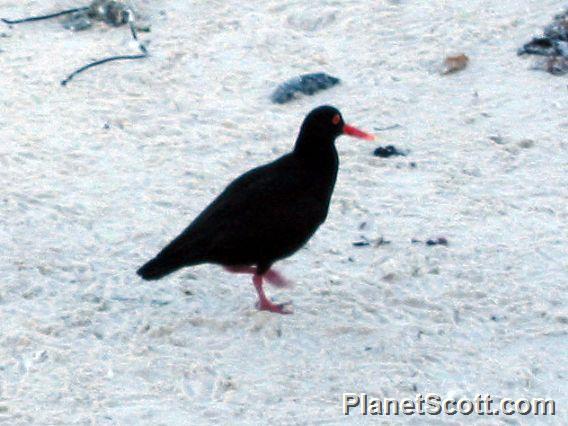African Oystercatcher (Haematopus moquini)

African Oystercatcher (Haematopus moquini)
×


African Oystercatcher (Haematopus moquini)
About African Oystercatcher (Haematopus moquini)
- Kingdom: Animals
- Phylum: Chordates
- Class: Birds
- Order: Pelicans
- Family: Oystercatchers
The African oystercatcher or African black oystercatcher is a large charismatic wader resident to the mainland coasts and offshore islands of southern Africa. This oystercatcher has a population of over 6,000 adults, which breed between November and April. The scientific name moquini commemorates the French naturalist Alfred Moquin-Tandon who discovered and named this species before Bonaparte.
Source: Wikipedia

